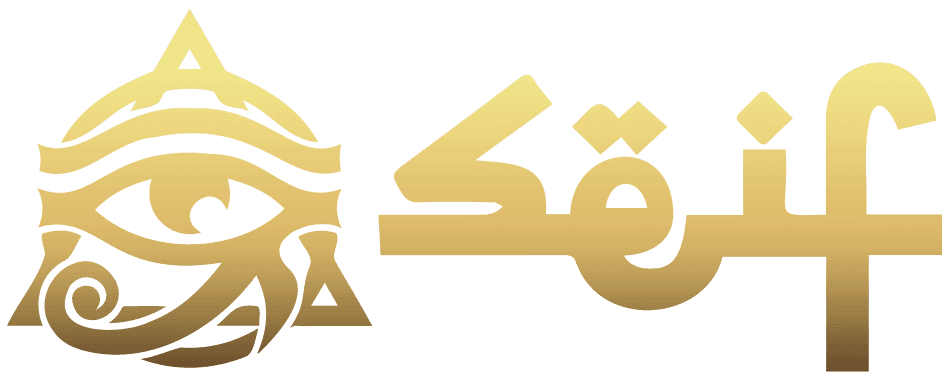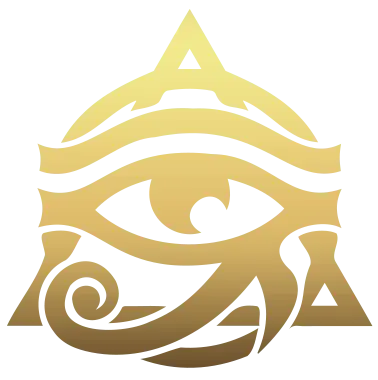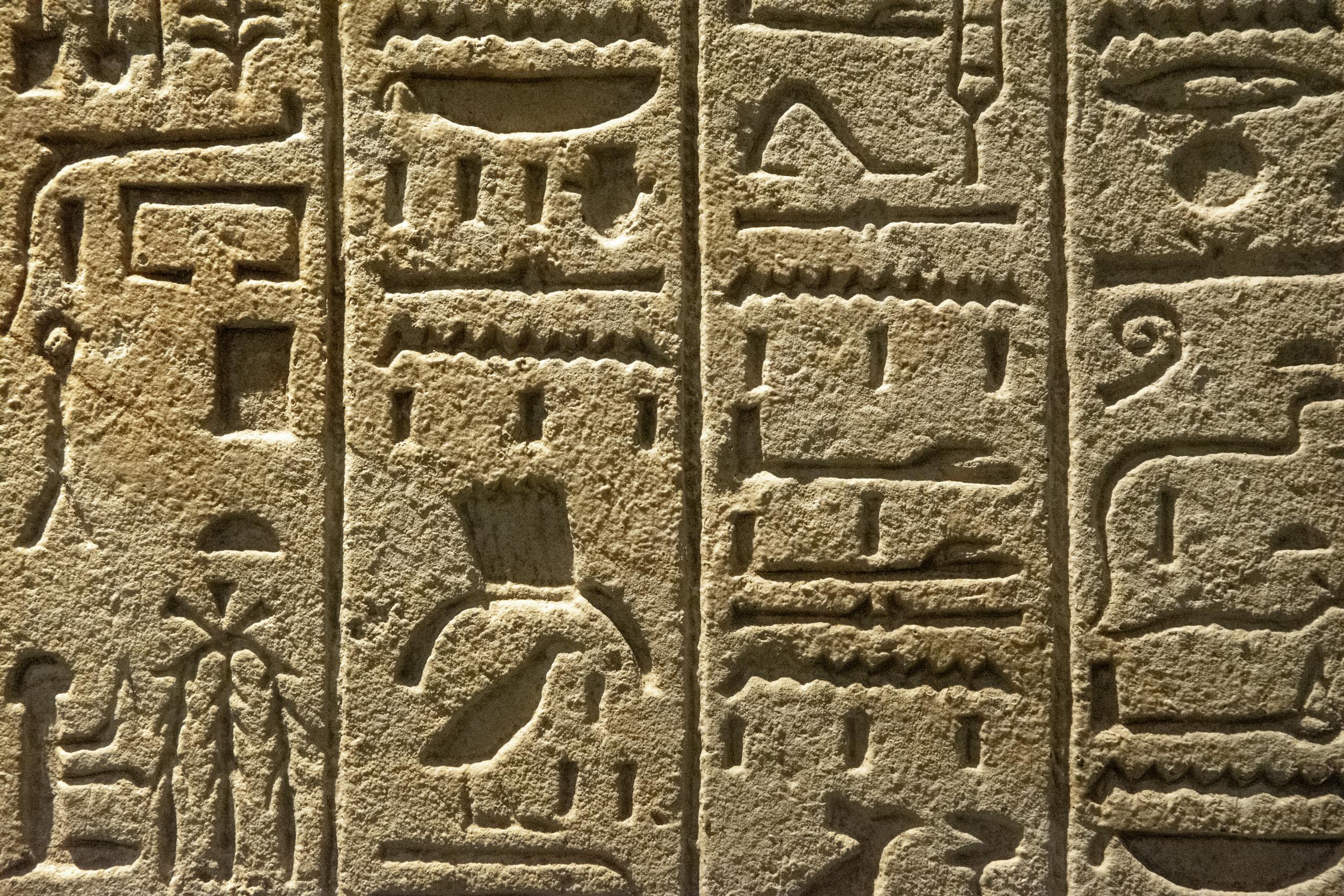7 Fascinating Facts About the Language of the Pharaohs You Didn’t Know! 🏺📜
The ancient Egyptians left behind one of the most captivating civilizations in human history—monuments, myths, medicine, and perhaps most mysteriously: a rich and complex language. Known as the **language of the pharaohs**, ancient Egyptian was spoken for over 4000 years and is the root of one of the earliest writing systems ever discovered. This language not only carved history into temple walls but also influenced how humanity would communicate and document for centuries to come.
Yet, despite all its grandeur, many people today know surprisingly little about this ancient tongue. What did it sound like? Is it completely lost? Could it still be alive in some form? In this blog post, we unveil **7 fascinating facts** about the language of the pharaohs that will leave you amazed—and maybe even inspired to learn more about your heritage or the roots of civilization itself.
Whether you’re a history buff, language lover, or just curious about how the past still shapes our present, you’re in for a journey through time and symbols. Let’s decode the mysteries together!
1. The Language Has Five Historical Phases
Ancient Egyptian evolved across five major historical phases: **Old Egyptian**, **Middle Egyptian**, **Late Egyptian**, **Demotic**, and **Coptic**.
Each phase represented a different era of Egypt’s long civilization, from the construction of the pyramids to the Christian period before Arabic became dominant.
Interestingly, Coptic—the last phase—is still used in some liturgical practices today by the Coptic Church.
2. Hieroglyphs Weren’t the Only Script
Most people associate the pharaonic language with **hieroglyphs**, but that was just one form. Egyptians also used **hieratic** (a cursive script for priests and scribes) and **demotic** (a simplified version for daily use).
Each script had a different purpose and audience. For example, **hieroglyphs were sacred and mainly used on temples and tombs**, while **demotic** was the “street language” for contracts and letters.
Explore some authentic examples on the British Museum website.
3. It Was a Language of Magic and Medicine
Ancient Egyptian wasn’t just a way to communicate—it was a powerful tool for **magic, healing, and spirituality**.
Texts discovered on temple walls and papyri include spells, prayers, and medicinal formulas. The language was believed to have magical power when spoken or written correctly, especially in funerary rituals.
One example is the **”Book of the Dead”**, a guide to the afterlife that includes chants and instructions for the soul’s journey.
4. You Can Still Hear Its Echo in Modern Egyptian Arabic
Although the ancient language is not spoken today, many words, place names, and even grammar patterns live on in **modern Egyptian Arabic**.
Words like “teena” (fig) or “dufa” (warmth) are believed to have roots in ancient Egyptian.
Linguists have documented traces of phonetics and semantics passed down through generations—proof that languages may evolve, but they don’t disappear entirely.
5. The Rosetta Stone Was the Key to Unlocking It
For centuries, scholars were baffled by Egyptian hieroglyphs—until the **Rosetta Stone** was discovered in 1799.
The stone contained the same text in three scripts: **Greek**, **Demotic**, and **Hieroglyphic**.
It allowed French linguist **Jean-François Champollion** to decode hieroglyphs and open up the world of ancient Egyptian language to modern scholars.
You can see a replica and full translation at the British Museum.
6. Coptic Is the Closest Surviving Form
Coptic, written using the Greek alphabet with a few Demotic letters, is considered the **last stage of the ancient Egyptian language**.
It is still used in religious contexts by the **Coptic Orthodox Church** in Egypt. Some enthusiasts are even trying to revive it as a spoken language.
Learning Coptic is a great way to get a glimpse into ancient pronunciation and grammar. For online resources, check out Coptic Language Course.
7. Ancient Egyptian Was One of the Longest-Used Languages in History
Spoken from around 3000 BCE until the 11th century CE, ancient Egyptian lasted **over 4000 years**—making it one of the longest surviving recorded languages in history.
It outlasted countless dynasties, foreign invasions, and even shifts in religion. That endurance speaks volumes about its importance in administration, culture, and national identity.
Today, it continues to influence art, pop culture, and academic research globally.
Why It Still Matters Today
Studying the language of the pharaohs isn’t just about dusty museum pieces or ancient tombs—it’s about **reclaiming a legacy**.
Understanding ancient Egyptian connects us with the brilliance of the civilization that gave the world math, medicine, calendars, and monumental architecture.
It’s a way to appreciate the deep roots of Egyptian identity and the impact this civilization has had on human history.
Want to Learn More?
Curious about learning languages rooted in history like Arabic or Dutch? Join our active learning communities!
👉 Join our WhatsApp Language Learning Community
👉 Follow Dutch content via our WhatsApp Channel or WhatsApp Group
👉 Discover TikTok tips on history and language learning: Click here
Conclusion
The language of the pharaohs is more than a relic—it’s a living thread woven into Egypt’s DNA.
From sacred hieroglyphs to Coptic liturgies, from pyramids to present-day Arabic, it has left marks that still shape the nation and the world.
By exploring this linguistic treasure, we don’t just uncover the past—we enrich our present.
So next time you see a hieroglyph, remember: it’s not just a symbol—it’s a whisper from a 4000-year-old world.


